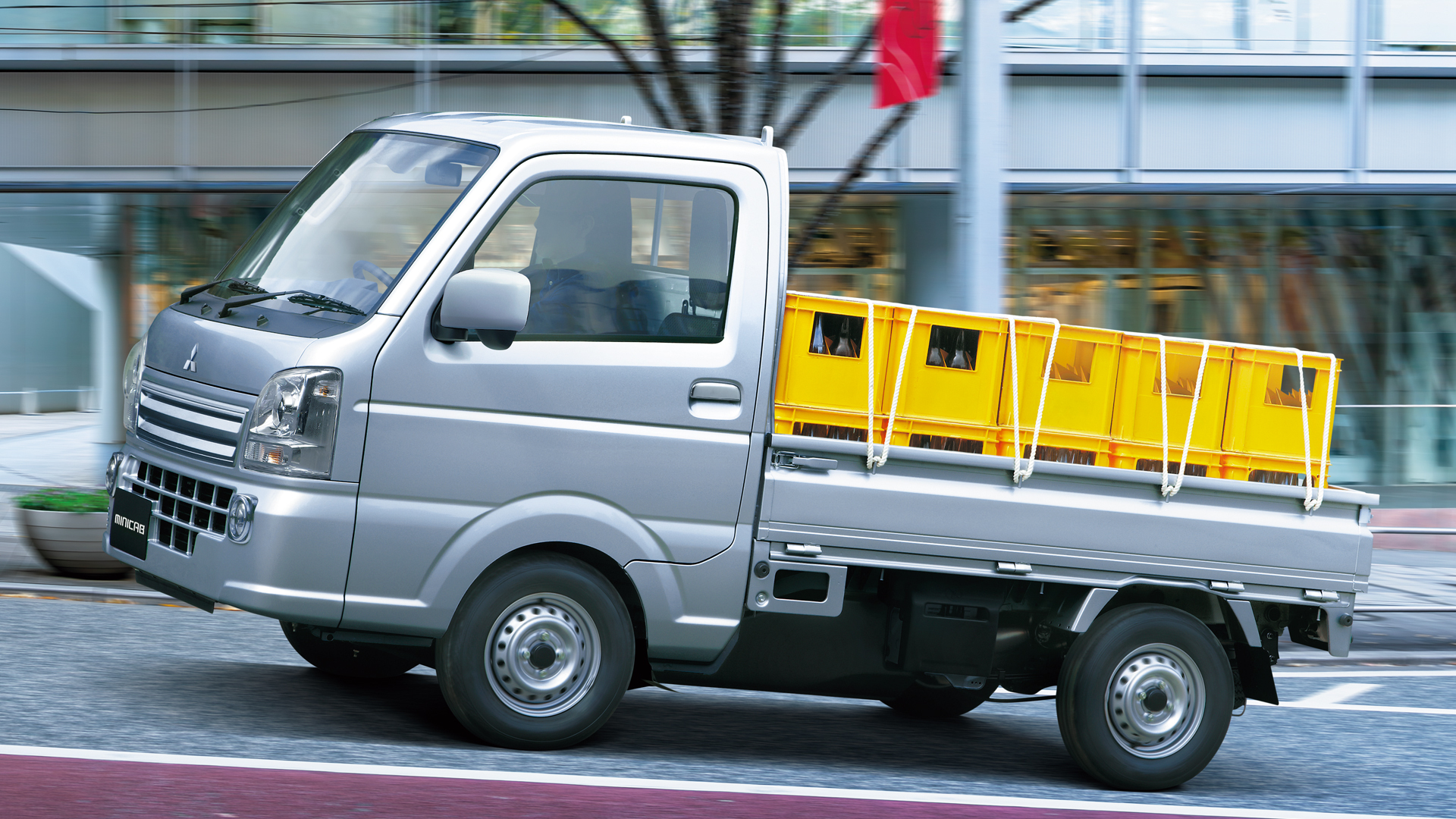Picking the “best” generation of the Mitsubishi Minicab depends a lot on what you want (cost, parts availability, toughness, comfort, etc.), but there are a few generations that tend to stand out among kei truck/van enthusiasts. Below I’ll compare the major generations, point out what people like & don’t like about each, and then suggest which might be “best” in different use‑cases.

Key Generations of the Mitsubishi Minicab
From what I found, these are the main generations:
| Generation | Years | Notable Changes / What Defines It |
| Gen 1 | ~1966–1971 | Very basic, early kei specs, minimal features. Good for utility & ruggedness. |
| Gen 2 | ~1971–1975 | Slight improvements, longer bed options, more interior comfort & refinements. |
| Gen 3 | 1976–1984 | Larger engines (546cc etc), more body styles, early 4WD in some models, more usable interiors. |
| Gen 4 | 1984–1991 | U11/12 series, more advanced engines (the “Cyclone” in some models), more options, more comfort and style, bigger sizes allowed under kei rules. |
| Gen 5 | 1991–1999 | U40‑series, full 660cc engines, many variants (SOHC, DOHC, fuel injection etc.), more modern transmission options, better usability. |
| Gen 6 | 1999–2014 | U60‑series, more safety / emissions features, newer designs, improved suspension & comfort, better availability of parts for modern traffic. Includes the Minicab MiEV variant (electric) during this period. |
| Gen 7 / 8 | 2014–Present | In recent years, Mitsubishi Minicabs are basically rebadged Suzuki Carry / Every trucks / vans in many cases. The newer ones have more modern amenities, better rust protection, better safety/emissions, and often better efficiency. |
Pros & Cons of Key Generations
Here’s what tends to be liked / disliked about each:
| Generation | What People Like | What People Dislike / Trade‑offs |
| Gen 3 & 4 | Simple, fairly rugged, less complex so cheaper to repair. Good mix of features for early kei trucks. They often have desirable engines (like early “Cyclone” etc.), and often good parts availability among enthusiast circles. | Old age = wear, rust, possibly harder to find body‑parts. Smaller comfort; not great on modern roads or with heavy loads. Emissions / legal compliance may be tougher depending on where you live. |
| Gen 5 | Often seen as a sweet spot: the bigger 660cc engines give better performance, more variants to choose from (4WD, DOHC, etc.), relatively modern but still simple. | More expensive than older gens. Parts still good but some of the more advanced parts (fuel injection, etc.) may be pricier or harder to source. Less rugged than the simplest older ones in terms of bare bones durability. |
| Gen 6 & Newer / Rebadged Versions | More comfort, safety, modern amenities; better emissions compliance; things like better rust protection; newer parts so maybe less “used / worn” issues; more likely to meet import or registration laws depending on age. | Higher initial cost; more complexity (electronics, more sensors) = more potential failure points; parts may cost more especially OEM; might carry over limits (e.g. speed / power) of kei class which is fine, but less “raw” than older gens. Also, sizes / designs may have compromises, especially if rebadged (not fully Mitsubishi design). |
Which Generation Is “Best” (Generally)
If I were choosing one generation that balances reliability, comfort, cost, and import‑legal status for most people, I’d lean toward the Gen 5 (1991‑1999, U40‑series) or the early part of Gen 6 (1999‑2005) models of the Minicab. Here’s why:
-
The 660cc engines make them more usable (better power, hill climbing, etc.), but still simple enough that a lot of maintenance is manageable.
-
Enough modern features to make daily use tolerable (transmissions, interior refinements).
-
Good parts availability: many people maintain or import parts for these, so things like fuel injection, drivetrain parts, etc., are more accessible than in very old or very new (where newer = some rarity or cost premiums).
-
Legal/import compliance tends to be easier than with very old ones (due to condition) or with very new ones (due to regulations).
Which Generation Might Be Best for Your Use Case
Ultimately the “best” depends on how you plan to use the Minicab. Here are suggestions:
| If You Want… | Best Generation |
| Lowest cost, very simple, for farm or yard work, don’t care about comfort | Gen 3 or 4 |
| Good balance of everyday usability, comfort, power, and cost | Gen 5 or early Gen 6 |
| More modern amenities, better safety/emissions, newer parts, possibly newer styling | Late Gen 6 / Gen 7 / Gen 8 (rebadged Suzuki ones) |
| Electric option | Look for the MiEV variant during Gen 6 period (if available / importable) |
